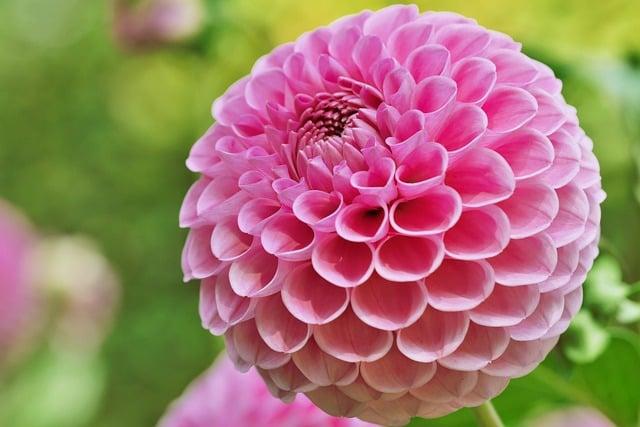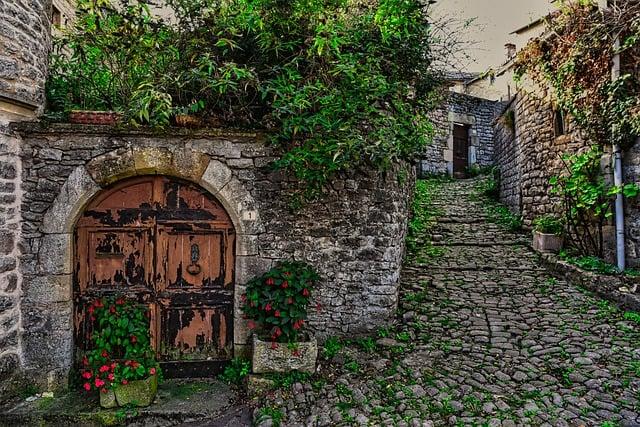In the heart of Advent, a small village prepared for the festive season. As the days grew shorter, the townsfolk adorned their homes with vibrant decorations. Among them, a radiant shade of pink emerged, symbolizing joy and hope. Each Sunday, the flickering candlelight danced upon the pink hues, casting warmth and cheer. Children laughed, their eyes sparkling with anticipation, as they counted down to Christmas. The pink candle, a beacon of joy, reminded everyone that even in the darkest days, happiness could bloom like a flower in winter.
Table of Contents
- The Vibrant Significance of Pink in Advent Celebrations
- Exploring the Historical Roots of Joyful Colors in Advent
- Incorporating Joyful Hues into Your Advent Traditions
- Crafting a Joyful Atmosphere: Decor and Activities for Advent
- Q&A

The Vibrant Significance of Pink in Advent Celebrations
In the tapestry of Advent celebrations, pink emerges as a vibrant hue that signifies joy and anticipation. Traditionally associated with the third Sunday of Advent, known as Gaudete Sunday, this color serves as a reminder to rejoice amidst the solemnity of the season. The shift from the more subdued colors of purple to pink symbolizes a moment of hope and light, encouraging believers to reflect on the joy that the coming of Christ brings. This transition invites congregations to embrace a spirit of celebration, fostering a sense of community and shared expectation.
The significance of pink extends beyond mere aesthetics; it embodies a deeper spiritual message. As the faithful light the pink candle on the Advent wreath, they are reminded of the promise of salvation and the joy that accompanies it. This color resonates with themes of **hope**, **love**, and **peace**, creating a harmonious balance within the Advent journey. The use of pink in decorations, vestments, and liturgical elements serves to uplift the spirit, encouraging individuals to focus on the joyous aspects of their faith as they prepare for the arrival of Christmas.

Exploring the Historical Roots of Joyful Colors in Advent
The vibrant hues associated with Advent are steeped in rich historical significance, reflecting a journey of anticipation and celebration. Traditionally, the color **purple** has been the dominant shade during this season, symbolizing penance and preparation. However, the third Sunday of Advent, known as Gaudete Sunday, introduces a striking shift to **rose**. This transition is not merely aesthetic; it embodies a profound message of joy and hope amidst the solemnity of the season. The use of rose serves as a reminder that the waiting is almost over, inviting the faithful to rejoice in the promise of Christ’s coming.
Throughout history, the symbolism of colors in Advent has evolved, influenced by various cultural and liturgical practices. The **joyful colors** of Advent can be traced back to early Christian traditions, where the use of vibrant shades was intended to uplift the spirit and foster a sense of community. In many churches, the **rose** candle on the Advent wreath stands out as a beacon of light, representing the joy that accompanies the nearing celebration of Christmas. This interplay of colors not only enhances the visual experience of the season but also deepens the spiritual significance, encouraging believers to embrace the joy that comes with hope and anticipation.

Incorporating Joyful Hues into Your Advent Traditions
As the Advent season approaches, infusing your traditions with vibrant colors can elevate the spirit of anticipation and joy. **Violet**, traditionally used during Advent, symbolizes hope and preparation, but incorporating **bright shades of pink** can add a delightful twist. Pink, often associated with the third Sunday of Advent, known as Gaudete Sunday, represents joy and celebration. Consider using pink candles in your Advent wreath or adorning your home with pink ornaments to create a warm and inviting atmosphere that reflects the joy of the season.
In addition to pink, **gold** and **white** can also enhance your Advent celebrations. Gold signifies the divine light and glory, while white represents purity and peace. You might choose to decorate your Advent calendar with these colors, or use gold ribbons and white lights to create a festive ambiance. Here are some ideas to incorporate these joyful hues into your traditions:
- Craft handmade ornaments in pink and gold to hang on your tree.
- Set a festive table with pink and white tableware for your Advent gatherings.
- Use colored lights in your window displays to spread joy to your neighborhood.

Crafting a Joyful Atmosphere: Decor and Activities for Advent
As the season of Advent unfolds, infusing your space with vibrant colors and joyful decorations can elevate the spirit of anticipation and celebration. **Purple**, traditionally associated with Advent, signifies preparation and reflection, but it’s the addition of **pink** that truly embodies joy. This cheerful hue, often used on the third Sunday of Advent, invites a sense of lightness and hope. Consider incorporating pink candles into your Advent wreath, or adorning your home with pink ornaments and garlands. These touches not only brighten your surroundings but also serve as a reminder of the joy that awaits during this sacred season.
To further enhance the joyful atmosphere, engage in activities that foster connection and celebration. Create a cozy corner with **twinkling lights** and **festive cushions** where family and friends can gather for storytelling or sharing memories. Organize a crafting session to make **handmade ornaments** or **Advent calendars**, allowing everyone to express their creativity while counting down the days. Additionally, consider hosting a **baking day** where the delightful scents of cookies and treats fill the air, bringing warmth and joy to your home. These activities not only beautify your space but also cultivate a sense of togetherness, making the Advent season truly memorable.
Q&A
-
What color is traditionally associated with joy during Advent?
The color that symbolizes joy in Advent is pink. This color is specifically used on the third Sunday of Advent, known as Gaudete Sunday, which emphasizes joy and celebration in the midst of the season’s anticipation.
-
Why is pink used instead of another color?
Pink is used to signify a shift in the Advent season, representing a moment of joy and hope. It contrasts with the more somber purple, which is used during the rest of Advent, highlighting the joyful expectation of Christ’s coming.
-
What does Gaudete mean?
Gaudete is a Latin word that means “rejoice.” This term reflects the theme of joy that is celebrated on the third Sunday of Advent, encouraging the faithful to rejoice in the nearing arrival of Christmas.
-
Are there other colors used during Advent?
Yes, in addition to pink, the primary color used during Advent is purple, which symbolizes penance and preparation. Some churches may also use white for Christmas celebrations, representing purity and joy.
As we embrace the vibrant hues of Advent, let the color that symbolizes joy guide our hearts. May it inspire us to share love and hope, illuminating our paths as we await the celebration of light and renewal. Joy is not just seen; it is felt.

大家好,我是彼得潘,專業的手法身體治療師。我喜歡探索和研究各種主題,並透過與人工智慧的合作分享專業、實用、有趣的文章。我們定期進行人工審核,以確保內容的準確性。如果您發現文章中有任何不準確的地方,請隨時與我們聯繫,我們會及時糾正。您可以透過 [email protected] 與我們聯繫。



